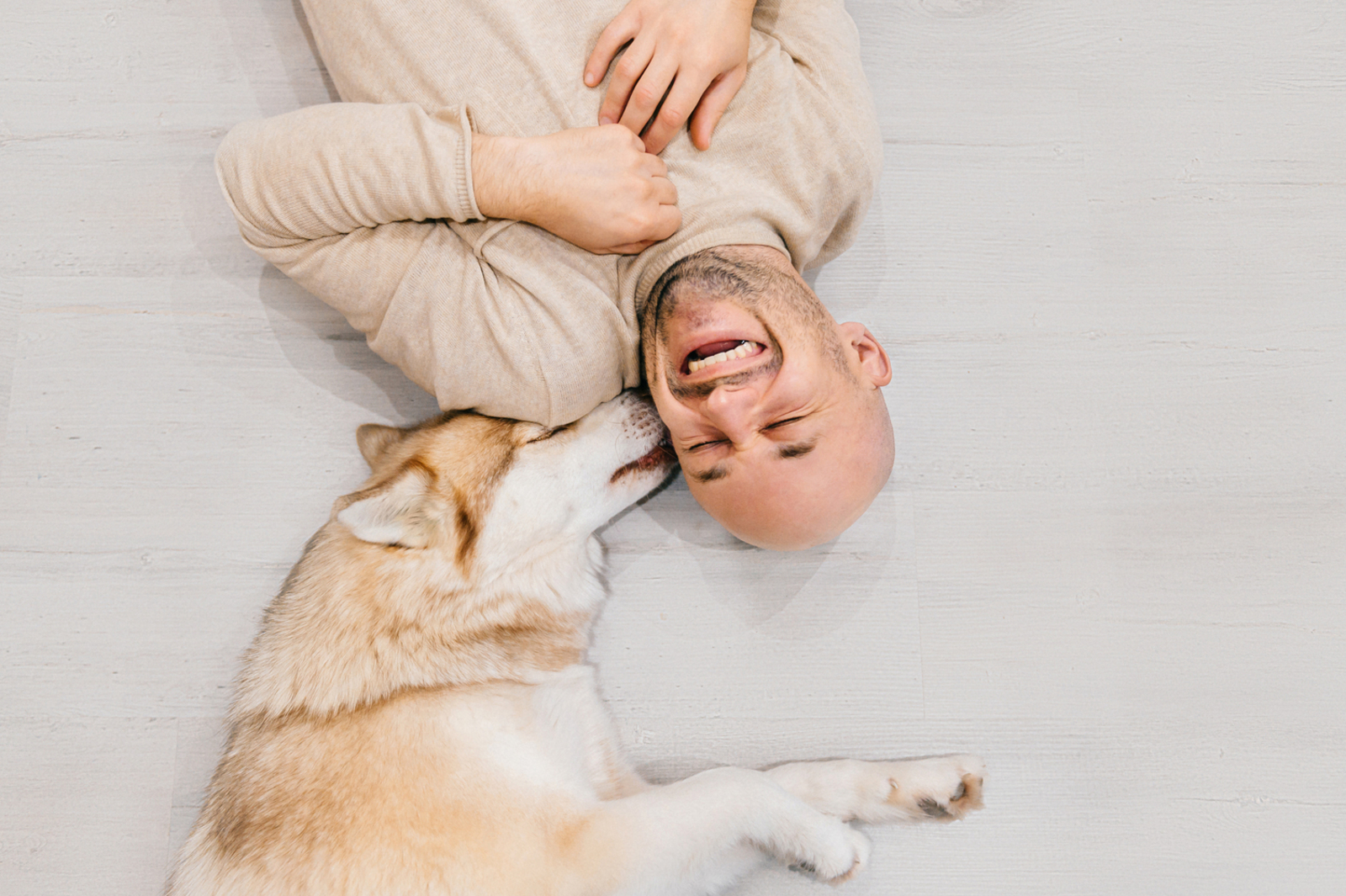
The Different Ways Dogs Communicate With Humans
Dogs are amazing creatures. They can communicate with humans by showing different traits or behaviors in ways that no other species can. This is because dogs have been living alongside people for thousands of years, and over that time, they have developed a complex form of communication. Whether your dog is a family pet or a service dog that has an emotional support animal (ESA) online certification, it’s important to understand them. This article will explore the different ways that dogs communicate with humans:
1. Barking or growling
When your dog is barking or growling, they are trying to communicate with you or a stranger. Dogs bark or growl for many reasons, including to warn of danger, show excitement, get attention, or simply feel threatened by a human or other animal.
2. Chewing or ripping up personal items
Dogs typically chew or rip up personal items when bored, anxious, or stressed. This behavior can be destructive and frustrating for dog owners. However, there are some things you can do to help your dog feel more relaxed and reduce the urge to chew or rip up personal items. First, make sure your dog has plenty of toys and playtime. Second, provide your dog with lots of positive reinforcement, treats and healthy dog food that will keep them satiatied so they are not bored or hungry.
3. Howling
Dogs can make a wide range of noises, from barks and growls to whines and howls. Besides, howling is one of dogs’ most distinctive, and often most misunderstood sounds. Howling is often associated with sadness or loneliness, but this isn’t always the case. Dogs may howl to release excess energy, get attention, or to alert their presence to other dogs.
4. Excessive licking
Dogs communicate with humans in many ways, and while licking can signify affection, it can also indicate anxiety or stress. If your dog is licking you excessively, it may be time to consult a veterinarian or animal behaviorist. As excessive licking can signify anxiety. However, it can also indicate pain or underlying health conditions such as allergies, gastrointestinal issues, or an infestation of fleas or ticks.
5. Tilting their heads
When your dog looks at you and tilts their head, they are most likely trying to understand what you are saying. Dogs incline their heads when they hear a high-pitched noise, such as human speech, because they are trying to locate the source of the sound. This is why you may see your dog tilting their head when talking to them.
6. Tails and ears
Tail-wagging is just one way that dogs communicate with humans. We most often associate a dog with a wagging tail as happy to see us. However, dogs also use their bodies and faces to convey emotions. A relaxed and happy dog may have his ears floppy and mouth open in a “smile.” A dog who is feeling threatened or aggressive may have his ears pulled back flat against his head and his teeth showing.
7. Eating grass
Though it may seem odd, eating grass is common for dogs. There are a few different theories about why they do this, but the most likely explanation is that they are trying to self-regulate their digestive system. If your dog is eating grass and then vomits, he or she may have an upset stomach.
From barking and whining to tail wagging and head tilting, it is clear that dogs have their unique body language. Understanding how they communicate with humans can help us build stronger bonds with our canine friends and provide them with the care they need. It’s also important to remember that as social animals, all dogs need regular interaction, exercise, companionship and love from their human owners to stay healthy and happy. Understanding the subtle nuances of your dog’s behaviour can ensure you have an excellent relationship for years to come.


